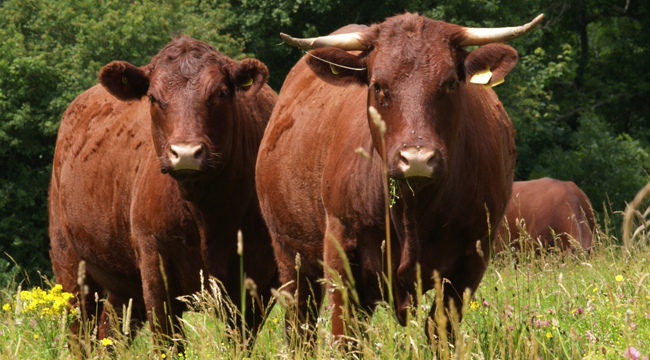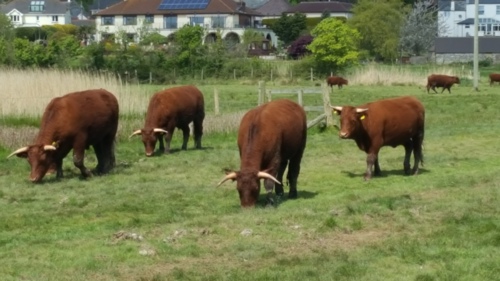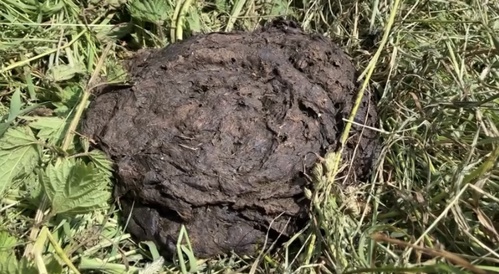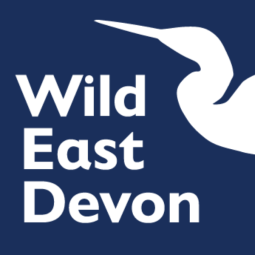Cattle Grazing

Conservation grazing is an important habitat management tool we use on our nature reserves. We use Devon Red cattle at our Colyford Common marshland. Unlike machinery, livestock is a lot less impactful on our environment and are more sporadic in their grazing.

As cattle tend to wrap their tongues around vegetation, they pull from the roots which creates different height levels and are selective on what they eat, thus creating microhabitats. These habitats are ideal patches for all kinds of plants and wildlife; ranging from bugs to birds and small mammals.
They are also great at grazing on more vigorous plants like shrubs and tree saplings which if left will turn our wetlands or heathlands into woodlands. These shrubs and trees can over-shadow more fragile plants that will struggle to grow. Having an impact on the wildlife that depend on them, having a knock on effect on the food chain. They are also unexpected gardeners, trampling wildflowers into the ground and encouraging more growth.

Also, cattle dung has amazing benefits too! Cattle that are not heavily medicated will have thriving cow pats teaming with life, feeding off it's nutrients. In some cases, up to 250 different species of insects can be found in cow dung in the UK. These insects then add to the food chain for larger species such as bats and birds.

Our cattle is not dangerous and can be curious, but like all wildlife, just walk around them and they will be relaxed.
